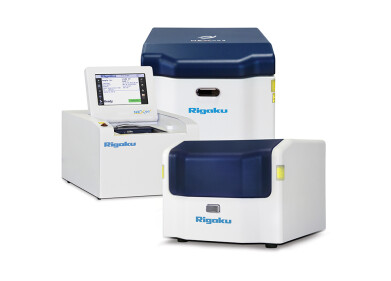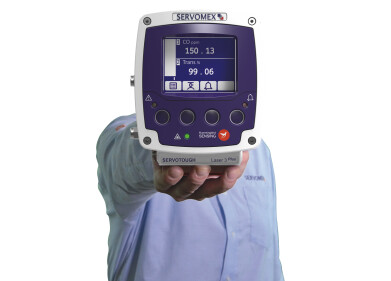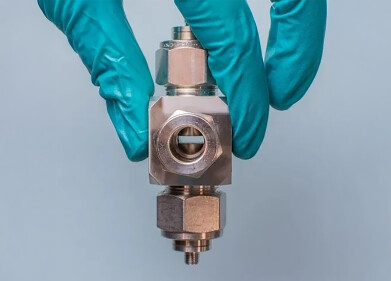Analytical Instrumentation
Finally, an alternative to ASTM D1319 (FIA).
Jan 13 2020
The New Standard Test Method D8305 for The Determination of Total Aromatic Hydrocarbons and Total Polynuclear Aromatic Hydrocarbons in Aviation Turbine Fuels and other Kerosene Range Fuels by Supercritical Fluid Chromatography was accepted as a new standard in December of 2019. The Interlaboratory study (ILS) for this new method was not only designed to obtain a high-quality precision statement but also to correlate to historical results obtained by D1319. The ILS encompassed 29 participating laboratories and 25 samples. The precision statement is greatly improved, the analysis is fully automated, and the analysis time is less than 15 minutes on the Selerity Series 4000 SFC. See a plot of the results.
Aromatic hydrocarbons in fuels, play an important role in the fuel density, engine durability and exhaust emissions. Due to the very nature of aviation transportation, it is imperative the aviation fuel providers follow strict guidelines on the characteristic of the fuels. Too little aromatic content in the fuels will compromise the performance of jet engines and too much will produce excessive air pollution. Until now, D1319 provided the only correct answer as to the total aromatic content in aviation fuels.
The new standard D8305 measures the total aromatic and polynuclear aromatic content in aviation and kerosene range fuels by supercritical fluid chromatography (SFC) using a flame ionization detector (FID). The advantage of using the FID is that it can measure organic substance concentrations at very low and very high levels, resulting in a large linear response range. In petroleum fuels, this becomes very important in deciphering the chemical composition of the fuels. The advantage of using SFC is that the separation technique combines the volatility of the components along with the solubility in supercritical carbon dioxide to provide a group type separation. In simpler terms, this means that as the aviation fuel passes through the silica gel stationary phase, the non-aromatic hydrocarbons pass through essentially unretained as the aromatic hydrocarbons pass through according to the compound class adsorption affinities. The analysis is fast and easy. There is no need to calibrate as the area is normalized and no need for sophisticated summing programs.
Selerity Technologies has been on the forefront of the development of ASTM D8305, the series 4000 is equipped with an FID detector and an economical means of delivering a pulse free supply of the supercritical fluid carrier fluid through the high resolution silica column to the detector.
Digital Edition
PIN 25.5 Oct/Nov 2024
November 2024
Analytical Instrumentation - Picturing Viscosity – How Can a Viscometer or a Rheometer Benefit You? - Sustainable Grease Formulations: Evaluating Key Performance Parameters and Testing Method...
View all digital editions
Events
Dec 03 2024 Dusseldorf, Germany
Dec 08 2024 Anaheim, CA, USA
Turkey & Black Sea Oil and Gas
Dec 11 2024 Istanbul, Turkey
Dec 19 2024 Aurangabad, India
Jan 20 2025 San Diego, CA, USA



















